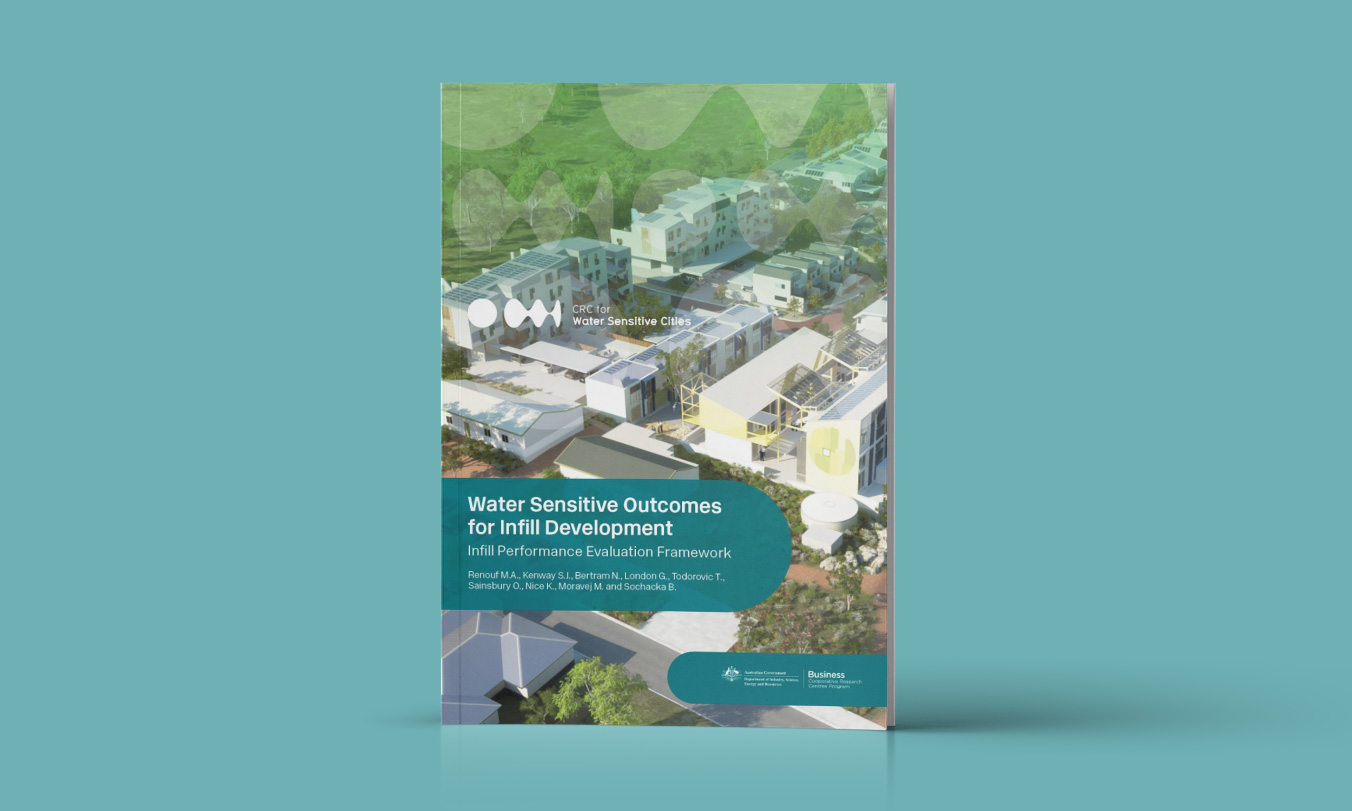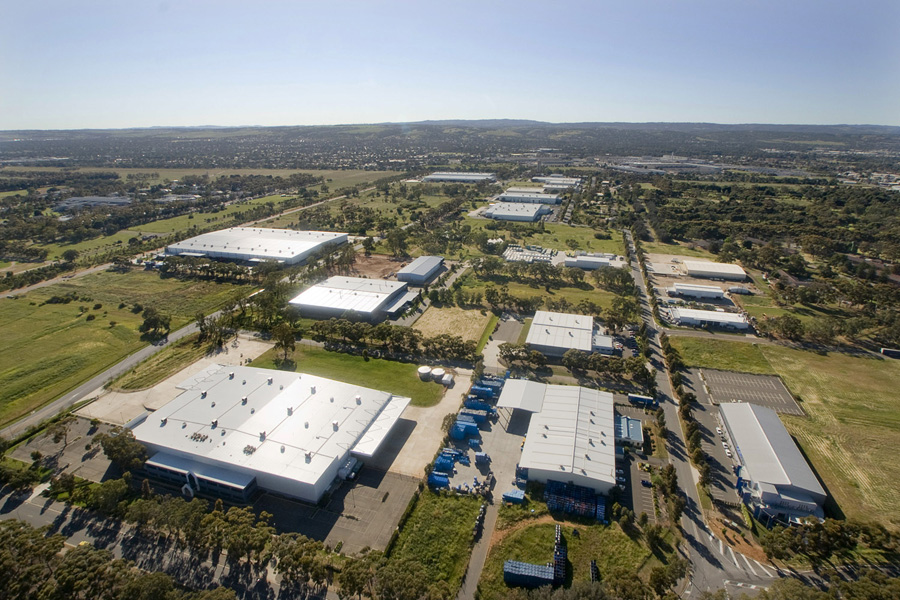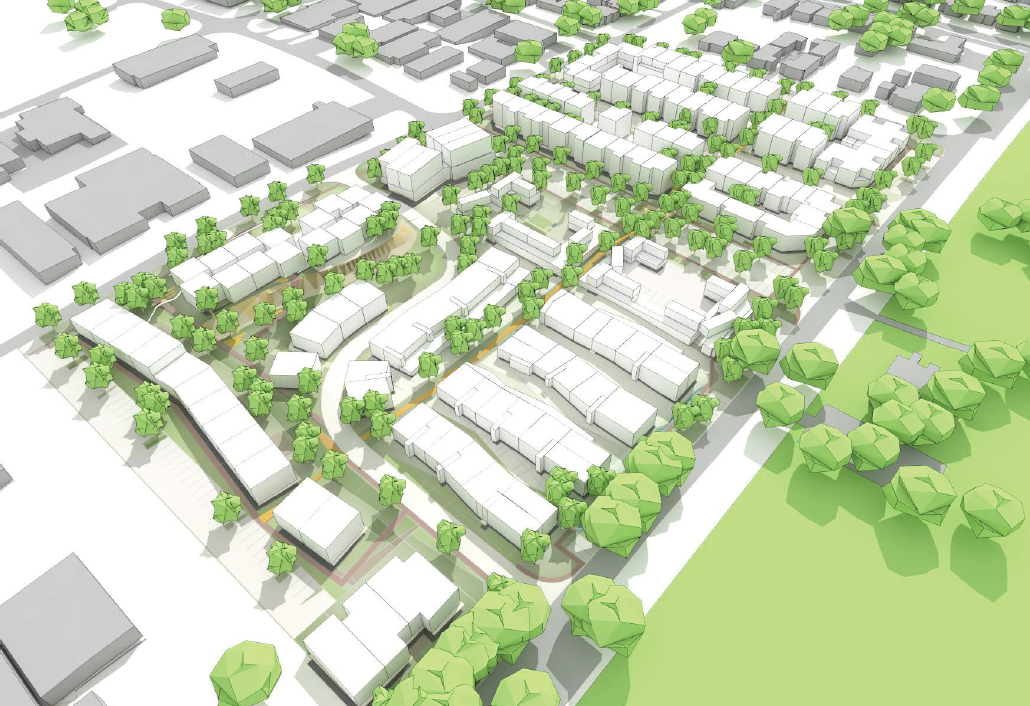IRP4 case studies released
Australian cities have experienced rapid urban growth in the past decades and this trend is projected to continue in the upcoming years.
In response to estimates of continued growth, state governments are promoting development within the city boundaries, increasing urban densities through infill development (residential dwelling) targets. But infill development—if executed without due care for the quality of design and solely focused on maximising land use—poses challenges for water management and liveability more generally. So, we need to understand infill impacts and create design options that can deliver superior outcomes for urban amenity, local hydrology and water use.
Our Water sensitive outcomes for infill development research project (IRP4) responds to this need by proposing an Infill Performance Evaluation Framework and using it to demonstrate the range of benefits delivered by water sensitive medium density designs in different case studies across Australia.

Two recently completed case studies are Salisbury, South Australia, and Knutsford, Western Australia.
The work from these case studies, together with the Infill Performance Evaluation Framework and Typologies Catalogue, demonstrates a new way of thinking about urban infill development. This approach provides a new language and tools to help practitioners design water sensitive developments and deliver sustainable, resilient urban water services.

Key findings from Salisbury, SA
The Salisbury case study final report: water sensitive outcomes for infill development documents an integrated assessment of greyfield development scenarios for the suburban precinct of Salisbury (Greater Adelaide, South Australia), with approximately 1,900 residents (2019). The goal was to identify, quantify and mitigate the adverse effects of infill development on water, urban heat and architectural space quality.
Overall, the case study demonstrated that choices of infill development design can significantly change a development’s water-related performance. Indeed, water sensitive designs can significantly affect stormwater runoff, infiltration, evapotranspiration, and urban heat thus improving liveability, resilience, and water security.
Importantly, this work provides a foundation for considering future performance objectives and targets (e.g. for hydrological performance or infill self-sufficiency of supply) for this development area. It is also a significant foundation for developing a more quantified business case for water sensitive designs.
Next steps could include combining the designs and quantified flows with additional information (such as the cost of the designs and the costs of BAU designs) in a cost–benefit analysis as part of a business case. In this way, the performance evaluation presented in the Salisbury final report could be used to influence governance and planning mechanisms that will lead to water sensitive outcomes on the ground.

Key findings in Knutsford, WA
The Knutsford case study final report: water sensitive outcomes for infill development focuses on a precinct in the City of Fremantle (Perth, Western Australia). Building on the area’s history of innovative, award winning medium density designs, the developer’s goal was for a site design that provides more infill housing diversity, improves water security through innovative water servicing, and complies with ambitious water and energy targets that demonstrate sustainability.
Although the settings and context are different, the results from the Knutsford case study reinforce the findings from the Salisbury study. That is, innovative water sensitive infill designs allow for more residents in an area than BAU approaches, and at the same time improve urban water outcomes. For example, the Knutsford study found that incorporating large scale alternative water sources (in this case rainwater harvesting and sewer mining) significantly reduces reliance on mains water supplies and provides water for irrigation when it’s dry. Similarly, site design features such as under-building water storage and under-road infiltration galleries can reverse the negative effects of densification on water flows. The results are greener, cooler and more amenable places to live.
Like Salisbury, practitioners can use the quantitative results from Knutsford to develop robust business cases for water sensitive development designs and typologies. Importantly, the analysis also highlights how governance arrangements underpin successful implementation of more sustainable and liveable designs that challenge current practice. In particular, implementing the ambitious designs presented in this report requires:
- better integrating water, built form and energy planning and expertise (also in planning approval processes)
- considering legacy-related constraints of infill settings
- appreciating long-term perspectives in design approaches to built form
- engaging communities in achieving multiple goals set by the design
- clearly communicating parameters, trade-offs and alternatives of proposed designs.
Among other things, the Knutsford case study illustrates the value of interdisciplinary collaboration in urban water, planning, modelling, engineering and design. It was based on broad stakeholder engagement and included elements of co-design and consultation with representatives of planning and water agencies, local government and engineers responsible for the site’s design and development at various stages of implementation.
Final project report
The IRP4 team is also preparing a final report about the project, which will summarise the findings in response the project’s key research questions. Due to be released in January 2021, this final report will:
- outline the challenges and opportunities associated with infill development
- define the principles and criteria for assessing the water sensitive performance of infill development
- discuss the enabling conditions for a water sensitive infill development project, and
- make key recommendations to industry, including further research opportunities.
It will also link to the main outputs from the project. We will let you know when the report is released, and it will be available on the IRP4 webpage.